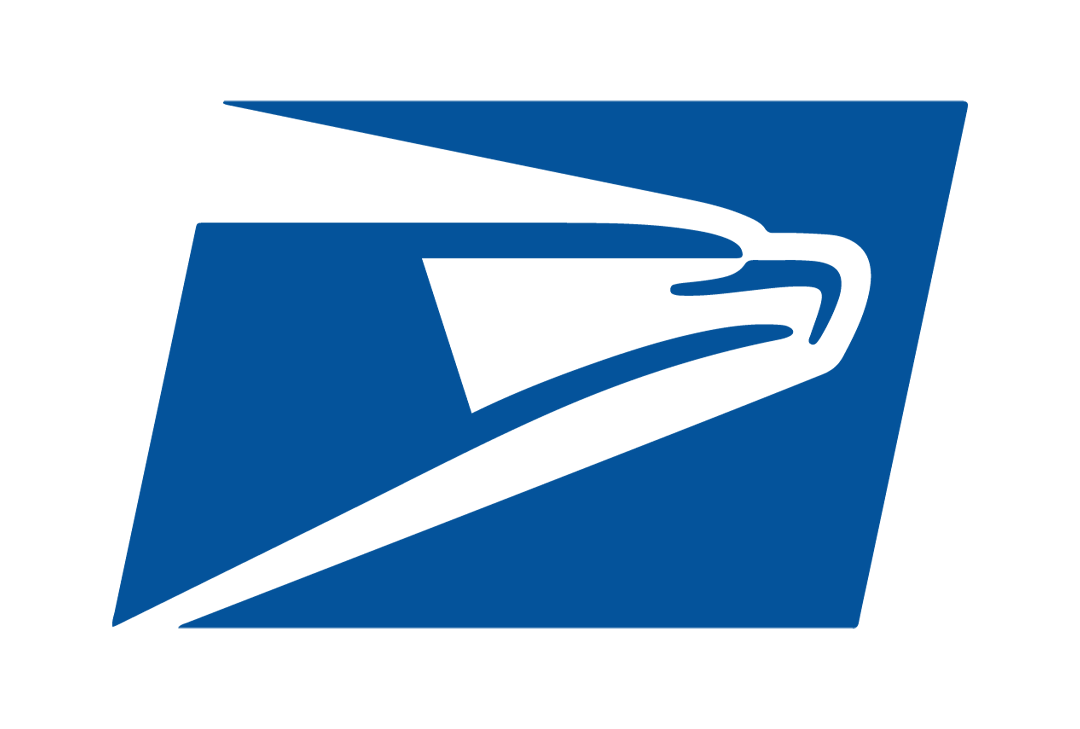This model can be displayed on the stand or with landing gear
The North American Aviation P-51 Mustang is an American long-range, single-seat fighter and fighter-bomber used during World War II and the Korean War, among other conflicts. The Mustang was designed in April 1940 by a design team headed by James Kindelberger of North American Aviation (NAA) in response to a requirement of the British Purchasing Commission. The Purchasing Commission approached North American Aviation to build Curtiss P-40 fighters under license for the Royal Air Force (RAF). Rather than build an old design from another company, North American Aviation proposed the design and production of a more modern fighter. The prototype NA-73X airframe was rolled out on 9 September 1940, 102 days after the contract was signed, and first flew on 26 October.
The Mustang was designed to use the Allison V-1710 engine, which had limited high-altitude performance in its earlier variants. The aircraft was first flown operationally by the Royal Air Force (RAF) as a tactical-reconnaissance aircraft and fighter-bomber (Mustang Mk I). Replacing the Allison with a Rolls-Royce Merlin resulted in the P-51B/C (Mustang Mk III) model and transformed the aircraft's performance at altitudes above 15,000 ft (4,600 m) allowing it to compete with the Luftwaffe's fighters. The definitive version, the P-51D, was powered by the Packard V-1650-7, a license-built version of the two-speed two-stage-supercharged Merlin 66, and was armed with six .50 caliber (12.7 mm) AN/M2 Browning machine guns.
Werner Hosewinckel Christie (13 December 1917 – 29 December 2004) was a Norwegian air force officer, who reached the rank of major general in the Royal Norwegian Air Force.
Christie took his examen artium in 1935, and attended the Technische College of Berlin from 1935 to 1937 and Hærens Flyveskole from 1937 to 1939. As World War II broke out, Christie, with the rank of sergeant, was called to Sola Airport as a member of Norway's neutrality guard. However the airport was attacked by Germany on 9 April 1940 and fighting ensued. The Norwegians lost the battle, but Christie managed to retreat to the inner country. His group was involved in fighting until 23 April, whereafter it retreated further east. Norway eventually fell to German rule, and in the autumn of 1940 Christie fled to Canada via Sweden, the Soviet Union and the United States. He joined the air force-in-exile at Little Norway, and spent the rest of the war as a fighter pilot. He commanded the Norwegian No. 332 Squadron, then the RAF's 234 Squadron, and as wing leader of 150 Wing and the Hunsdon Wing flying the P-51 Mustang, reaching the rank of lieutenant colonel. After 244 operational missions he was shot down over Germany on 18 April 1945 and held as a prisoner-of-war until the war's end. Not many from his Hærens Flyveskole class survived the war.
After the war Christie wanted to continue in the air force. He graduated from the RAF Staff College in 1946, worked for the Scandinavian Airlines System from 1947 to 1949 and as the aerial attaché at the Norwegian embassy in Stockholm from 1949 to 1951. He was appointed as head of the Norwegian Air Force High Command (Luftforsvarets overkommando) in 1951, with the rank of major, but did not stay for long. He worked at the military airport at Gardermoen from 1952 to 1954 and at the air force staff academy from 1954 to 1956. He was promoted to lieutenant colonel in 1953. From 1956 to 1959 he was the secretary-general of Norsk Aero Klubb. He then returned to the Air Force, and was promoted to colonel in 1962 and major general in 1968.
He left the air force in 1977. He worked for the clothing company Helly Hansen for a year, and then for the Norwegian Red Cross from 1978 to 1982. He was also a member of the gentlemen's skiing club SK Fram from 1963. He died in December 2004 in Oslo.
Hunsdon Airfield is a largely defunct airfield near Hunsdon, Hertfordshire and 2.8 miles (4.5 km) north of Harlow, Essex, England. Some flying still takes place at the airfield by a local microlight club.
The airfield was used by the Royal Air Force between 1941 and 1945 under the name of RAF Hunsdon



















